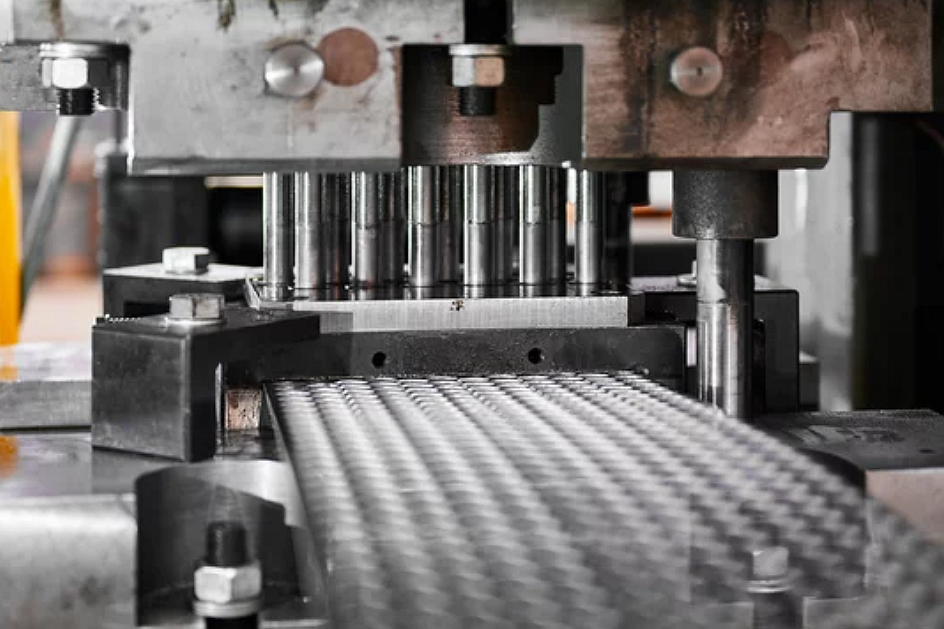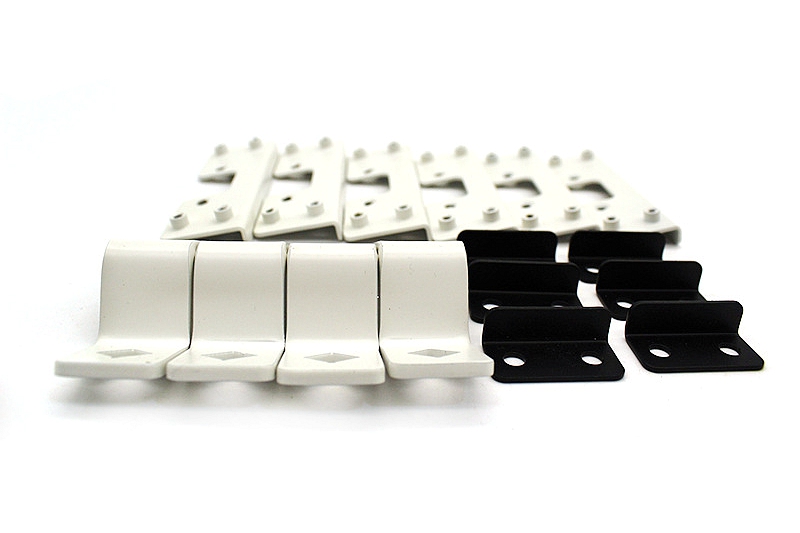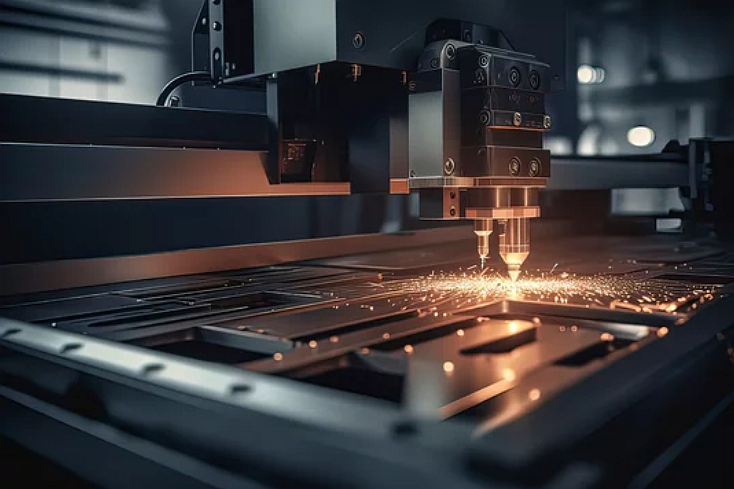What Are the Common Sheet Metal Fabrication Services and Considerations?
Manufacturing processing for sheet metal is called sheet metal fabrication. Specifically, for example, using plates to make chimneys, iron drums, oil tanks, ventilation pipes, elbows, round places, funnel shapes, etc. The main processes include cutting, bending buckle, bending, welding, riveting, etc. Sheet metal parts are thin-plate hardware parts, that is, parts that can be processed by stamping, bending, stretching, etc. A general definition is a part whose thickness does not change during processing.
Cutting
Cutting sheet metal into blanks or custom shapes is often the first step in fabrication. Neway mainly provides the following five standard cutting services:
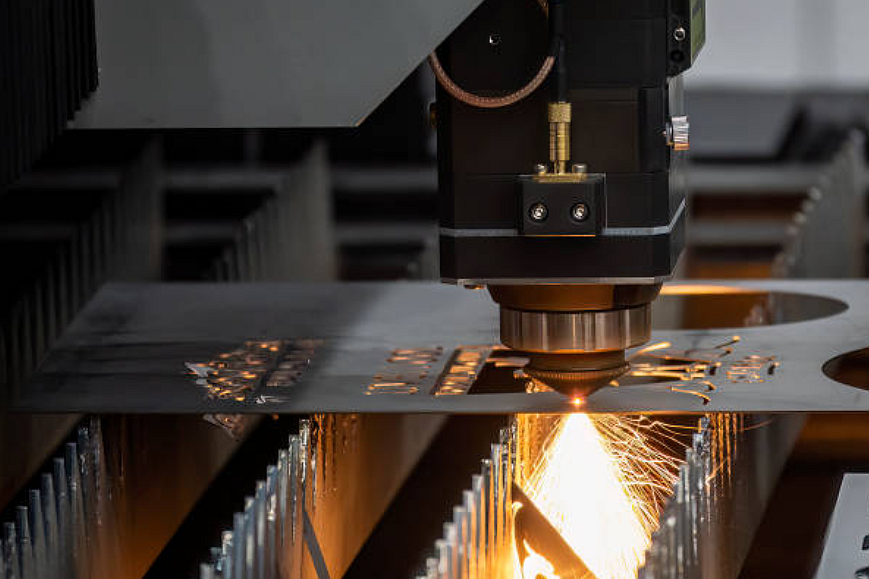
Shearing uses a guillotine-style shear press with hardened blades to slice through sheet metal. It is fast and economical for high-volume production cutting. Consider a blank layout to optimize material utilization.
Punching uses a machined punch and die set to stamp out shapes, slots, or holes in sheet metal. It is ideal for rapidly producing parts with repetitive cutout patterns. Consider grain direction and distortion from stress release.
Laser cutting focuses a high-power laser beam on the metal, melting and burning through it. It provides high precision, narrow kerf cuts at fast speeds with good edge quality. Consider required edge finish and distortion prevention.
Waterjet cutting directs a high-pressure jet of water mixed with abrasive grit to erode through the metal. It offers versatility for cutting complex 2D profiles in various materials without heat damage. Consider controlling excessive taper or kerf width based on parameters.
CNC machining guides cutting tools to shear away material based on programmed paths progressively. It is very versatile for low-volume or custom work. Consider secure fixturing, tool wear, and surface finish.
Bending
The second step after cutting the unfolded shape of the part is usually bending service. Bending forms sheet metal into designed 3D shapes by plastic deformation under targeted force application. Standard bending services are as follows:
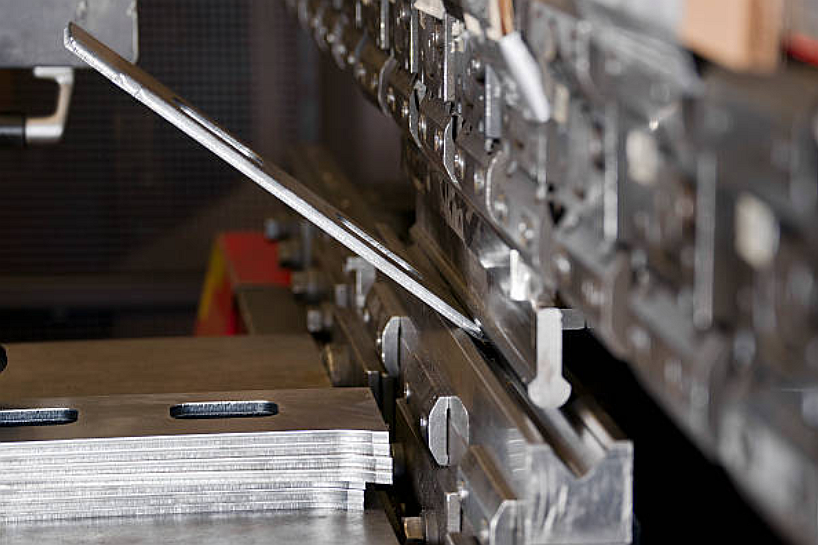
Press braking is the most prevalent bending technique, using a machine press and matched punch and V-shaped die to form acute angle bends. Consider grain orientation, minimum bend radius, and spring back.
Rotary bending wraps sheet metal around a rotating cylindrical form to bend it to a specified radius. Consider thickness variations and potential wrinkling issues.
Roll bending passes sheet metal through a series of offset rollers to induce bends progressively. It is applicable for both large and small-radius bending applications. Consider grain direction, number of roll stations required, and media inserting.
Folding creates defined folds in sheet metal by pressing between a punch and die set. It is ideal for smaller flanges, hems, and tabs. Consider inside bend radius and die clearance.
Welding and Joining
Like origami, Neway links 3D graphics to eliminate gaps through welding, Joining, and other processes. Welding and joining techniques impart structural continuity and assemble sheet metal subcomponents. Standard Welding services are as follows:
Resistance spot welding fuses overlapping sheet edges between copper alloy electrodes via resistance heating. It offers rapid high-volume joining. Consider nugget size, weld spacing, and electrode force.
Arc welding passes an electrical current through an electrode and base metal to melt and fuse mating edges. GMAW and GTAW are commonly used. Consider heat input, distortion, and joint accessibility.
Soldering flows molten filler metal into joints via capillary action to form smooth fillets and strong atomic bonds after cooling and solidification. Consider joint clearances, wetting action, and filler compatibility.
Adhesive bonding joins sheet metal components with strong, high-performance structural adhesives. It provides smooth joints with good fatigue properties. Consider surface preparation, adhesive selection, and cure method.
Hardware Insertion
Adding removable hardware inserts facilitates assembly/disassembly with screws or bolts.
Press-in threaded inserts are pressed into pre-punched holes to provide durable, reusable internal threads. Consider panel material and thickness for insert selection.
Weld nuts are spot welded to one side of an assembly to provide a nut surface for bolting. They eliminate the need to hold a nut in position during assembly.
Rivet nuts consisting of a threaded barrel are riveted into panels to provide permanent threads for bolting points. Consider grip range and installation access.
Captive panel screws integrate a threaded screw into a floating panel washer. They provide reusable bolt points without loose hardware.
Deburring
Deburring removes rough, hazardous sharp edges and bits of material left over from cutting and bending operations.
Manual deburring uses hand tools like scrapers, brushes, abrasive stones, and files for individual burr removal. It offers precision and control for critical applications.
Mechanical deburring uses power tools with abrasive heads or flap brushes to remove burrs across surfaces efficiently. Consider accessibility and potential metal removal beyond burrs.
Electrochemical deburring removes burrs through anodic dissolution without abrasion or heating. The part acts as an anode while submerged in an electrolytic cell. Consider timing and current density to target burrs selectively.
Thermal deburring utilizes a brief, controlled heat input to liquefy the burr material and allow it to flow away from the edge. Consider minimizing discoloration.
Finishing
Sheet metal finishing enhances appearance, protects against corrosion, and alters other surface properties.
Painting applies colored paints manually or through spraying. Consider surface preparation and compatibility with operating conditions.
Powder coating electrostatically sprays and cures pigmented polymer powder to form a durable finish. Consider masking requirements and cure oven access.
Plating is electrolytically depositing metal coatings like zinc, nickel, chrome, cadmium, or tin to enhance corrosion and wear resistance. Consider distortion prevention and plating adhesion.
Anodizing grows an integral oxide layer on aluminum surfaces by electrolytic oxidation to increase hardness and corrosion resistance. Consider thickness requirements and integrally dyed colors.
